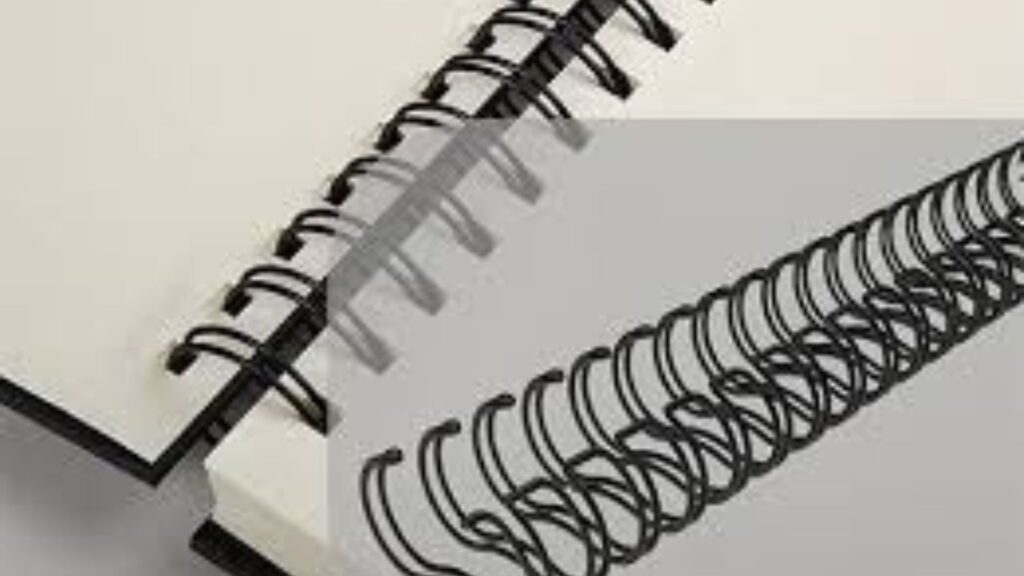
Choosing the right binding materials defines quality
In the world of publishing, printing, and presentation, quality is everything. Whether you’re compiling a report, designing a catalog, or publishing a book, how it’s bound reflects directly on your professionalism. One simple truth stands out: choosing the right binding materials defines quality. The strength, appearance, and longevity of your final product depend heavily on the materials you select.

The Foundation of a Strong and Lasting Bind
When binding any printed piece, the materials act as the structural backbone. Covers, adhesives, tapes, threads, and coils all work together to hold your pages in place. Selecting high-quality binding materials ensures the final product won’t fall apart with regular use. This becomes especially critical for items like textbooks, manuals, and reference guides that are handled frequently.
Different materials offer varying levels of durability. For instance, PUR glue provides superior hold for perfect binding, while metal coils are less likely to bend compared to plastic alternatives. So, when it comes to longevity, choosing the right binding materials defines quality from the inside out.
Visual Appeal Starts with Material Choice
Beyond function, binding materials influence the overall look and feel of your document. A sleek PVC cover, a recycled kraft paper wrap, or a linen-textured board can instantly elevate the design and deliver a professional aesthetic. The material’s texture, weight, and color add to the user’s tactile and visual experience.
Think of a portfolio or proposal. A high-quality cover communicates attention to detail, while cheap or flimsy materials can undermine your work’s perceived value. That’s why many designers and publishers understand that choosing the right binding materials defines quality in terms of first impressions, too.
Matching Binding Methods to Materials
Not all materials work with every type of binding. Some methods, such as spiral or wire-o binding, require sturdy covers that can handle punching and movement. Others, like case binding, need strong endpapers and boards that can be wrapped and glued securely.
The key is to match the materials to the binding method and intended use. For example, a high-end product catalog might call for a hardcover with sewn binding, while a training booklet may be best served with a laminated softcover and saddle stitching. Selecting the correct combination ensures optimal results in both function and appearance.
Eco-Friendly Materials for Sustainable Impact
Today, many organizations also prioritize sustainability in their print projects. Luckily, there are plenty of eco-friendly binding options available—from recycled paperboard covers to biodegradable adhesives. Choosing greener materials reduces your carbon footprint and aligns your project with modern environmental standards.
Additionally, environmentally conscious consumers are more likely to trust and support brands that make responsible choices. By opting for recycled or sustainable binding elements, you’re sending a message that quality and responsibility can go hand in hand.
Cost vs. Quality: Finding the Right Balance
While high-end materials can improve your document’s look and durability, they often come with a higher price tag. That’s why it’s essential to balance cost with purpose. Not every project requires premium materials, but for those that represent your brand or will be in use long-term, the investment is often worth it.
Fortunately, the market offers a wide range of materials at different price points. By understanding the needs of your project—whether it’s aesthetic appeal, longevity, or environmental impact—you can make smart decisions without overspending. After all, choosing the right binding materials defines quality, but it doesn’t have to break the bank.
Conclusion
Every printed project tells a story—not just through its content, but through its craftsmanship. The materials you choose to bind your work play a major role in that story. From structure and style to sustainability and cost, choosing the right binding materials defines quality at every level. Whether you’re printing one document or one thousand, selecting the best materials ensures your work is presented in the best possible light.







